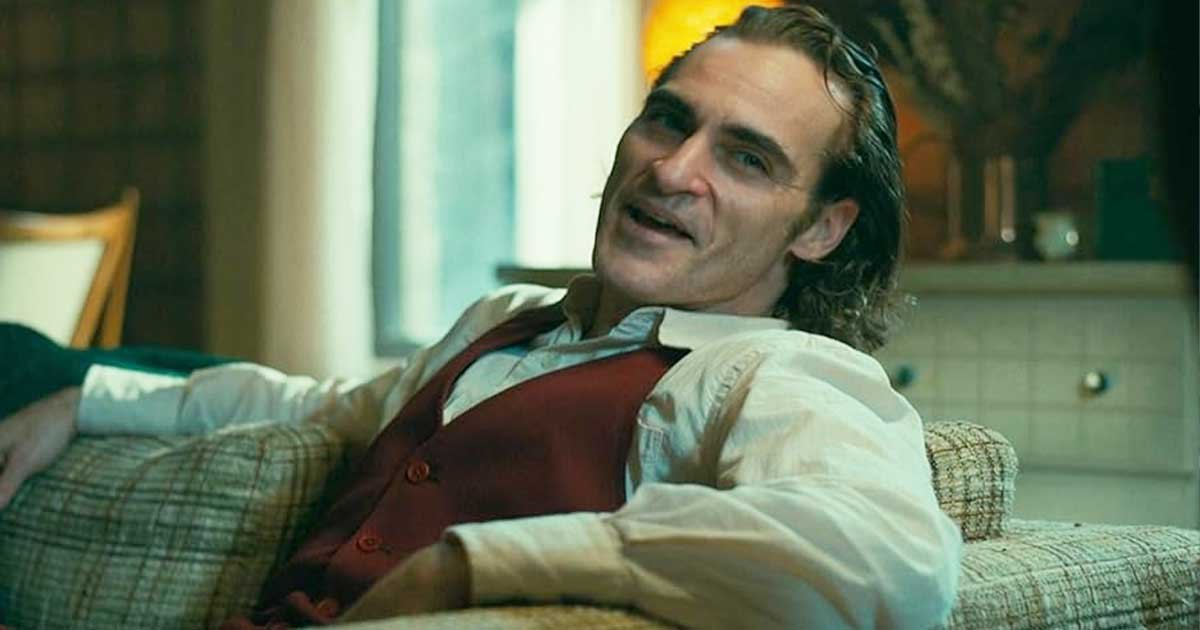Explore the myths and truths behind Arthur Fleck’s Joker, as we unravel the psychological intricacies that shape this iconic character in the DC universe.

The Allure of DC’s Joker: Myths, Realities, and the Psychological Complexity of Arthur Fleck
Despite the lukewarm reception of Joker: Folie à Deux, the fascination with the Joker, DC’s Clown Prince of Crime, remains unwavering. More than a supervillain, the Joker has become a cultural symbol of chaos, unpredictability, and psychological depth. Audiences are consistently drawn to his complex character, intrigued by the thin line between reality and illusion in his story. This is especially evident in the character of Arthur Fleck, portrayed by Joaquin Phoenix, whose descent into madness in Joker blurs the lines between truth and delusion.
The film challenges viewers to question the reliability of Arthur’s narrative, making them wonder how much of his story is real and how much is a product of his fractured mind. Unshackled by the need to fit into a broader cinematic universe or adhere strictly to comic book lore, Joker offers an intimate dive into the psyche of its protagonist. By drawing inspiration from The Killing Joke and other classic narratives, the film constructs a Joker origin story steeped in uncertainty, ambiguity, and psychological tension.
The Unreliable Narrator: Arthur Fleck’s Distorted Reality
One of the most striking elements of Joker is its portrayal of Arthur Fleck as an unreliable narrator. The film constantly shifts between what is real and what exists only in Arthur’s mind. This ambiguity makes it difficult for viewers to separate fact from fiction. Arthur’s experiences, particularly his relationships and interactions with others, often seem skewed by his delusions.
A key example of this is his imagined relationship with Sophie, his neighbor. At first, their encounter in the elevator appears ordinary and innocent, with Sophie sharing a casual interaction that sparks Arthur’s obsession. As the story unfolds, Arthur fantasizes about their relationship, imagining dates and romantic moments that never actually happen. Sophie, in reality, is terrified of Arthur and has no romantic interest in him. This blurring of fantasy and reality adds to the unsettling nature of Arthur’s mental deterioration.
The imagined relationship with Sophie reflects a deeper theme in Joker—Arthur’s overwhelming loneliness and desperation for connection. His delusions are a coping mechanism, a way to escape the harshness of his isolated life. However, as his mental state deteriorates, these fantasies become more dangerous, further disconnecting him from reality.
Arthur’s Longing for Validation: The Murray Franklin Fantasy
Another significant delusion in Joker is Arthur’s daydream of being invited onto The Murray Franklin Show. In his fantasy, Arthur is warmly welcomed by Murray Franklin, a popular TV host whom he idolizes. In this imagined scenario, Murray treats Arthur with respect and admiration, even going as far as calling him out from the audience to join him on stage. This fantasy is deeply tied to Arthur’s yearning for validation and recognition.
Arthur views Murray not merely as a talk show host but as a surrogate father figure. His delusion of being invited on the show represents his desire to be seen, accepted, and loved by society. However, reality hits hard when Arthur finally gets his moment in the spotlight. Instead of admiration, he is ridiculed by Murray on national television. This moment serves as the tipping point for Arthur, fueling his transformation into the Joker and sparking the violent outburst that defines the film’s climax.
The contrast between Arthur’s fantasy and reality underscores one of the film’s central themes: the dangers of seeking external validation. Arthur’s obsession with being noticed leads him down a dark path, as he becomes increasingly detached from reality in his quest for recognition.
The Pseudobulbar Affect: Arthur’s Laughter as a Symptom and a Symbol
One of the most haunting aspects of Arthur Fleck’s character is his uncontrollable laughter, a symptom of the Pseudobulbar Affect. This neurological disorder causes a disconnect between one’s emotions and their outward expressions, leading to involuntary bursts of laughter or crying, often at inappropriate times. In Joker, Arthur’s laughter is a source of both physical and emotional pain. It alienates him from others and serves as a constant reminder of his inability to control his own mind.
The laughter becomes most prominent during moments of stress or anxiety, such as when Arthur performs his disastrous stand-up routine or while he’s riding the bus. These moments highlight the tension between Arthur’s internal emotions and the way he expresses them to the world. His laughter, which emerges uncontrollably at inappropriate times, becomes a symbol of his fractured psyche.
However, as the film progresses, Arthur’s laughter begins to fade. As he fully embraces his identity as the Joker, his uncontrollable outbursts diminish, replaced by a more calculated and menacing persona. This shift suggests that his laughter may not be purely medical but could also be psychosomatic—a manifestation of his trauma and emotional turmoil. As he gains confidence in his new identity, the need for this outward expression of inner pain dissipates.
The Trial of Arthur Fleck: A Split Personality or a Conscious Choice?
In Joker: Folie à Deux, the film’s second chapter delves deeper into Arthur’s transformation and the complex nature of his character. The trial of Arthur Fleck becomes a pivotal moment in the film, as Prosecutor Harvey Dent seeks to hold Arthur accountable for his violent actions. However, Arthur’s defense attorney argues that Arthur and the Joker are two distinct personalities, suggesting that Arthur was not in control of his actions when he committed his crimes.
This argument introduces the idea of dissociative identity disorder, a condition in which an individual’s personality is split into separate identities. The defense implies that the Joker persona took over, leaving Arthur powerless to stop the violence. However, the film ultimately reveals a more intricate truth about Arthur’s psyche.
As Lady Gaga’s character enters the picture, she becomes closely associated with the Joker persona, further pushing Arthur to embrace this darker side of himself. By the film’s end, Arthur comes to a profound realization—Joker is not a separate personality or a symptom of his mental illness. Instead, the Joker is a mask that Arthur chooses to wear. This revelation recontextualizes the events of Joker, forcing viewers to reconsider Arthur’s transformation.
Rather than being a victim of his mental illness, Arthur’s confession suggests that he willingly embraced the Joker persona as a way to escape his feelings of powerlessness. The Joker becomes a symbol of liberation for Arthur, a way for him to reclaim control over his life and rewrite his narrative. This admission adds a layer of complexity to the character, as it challenges the notion that Arthur’s actions were purely the result of his mental state.
The Joker: A Cultural Icon of Chaos and Psychological Depth
The enduring allure of the Joker lies in his ability to transcend the role of a traditional villain. He is not merely a criminal mastermind or a foe for Batman to defeat; he is a representation of chaos, unpredictability, and the darker aspects of the human psyche. The Joker’s psychological complexity makes him a fascinating character, as audiences are drawn to his unpredictability and the blurred lines between reality and delusion.
In Joker and Joker: Folie à Deux, Arthur Fleck’s journey from a troubled outcast to the Clown Prince of Crime offers a unique exploration of mental illness, identity, and the desire for validation. The films’ refusal to provide clear answers or definitive truths adds to the character’s mystique, leaving viewers to grapple with their interpretations of Arthur’s story.
Ultimately, the Joker’s enduring appeal lies in his ability to reflect the chaos within society and within ourselves. As Arthur Fleck’s story shows, the line between sanity and madness, reality and illusion, is often thinner than we realize.
Stay tuned to Club4Celebs for more updates.


